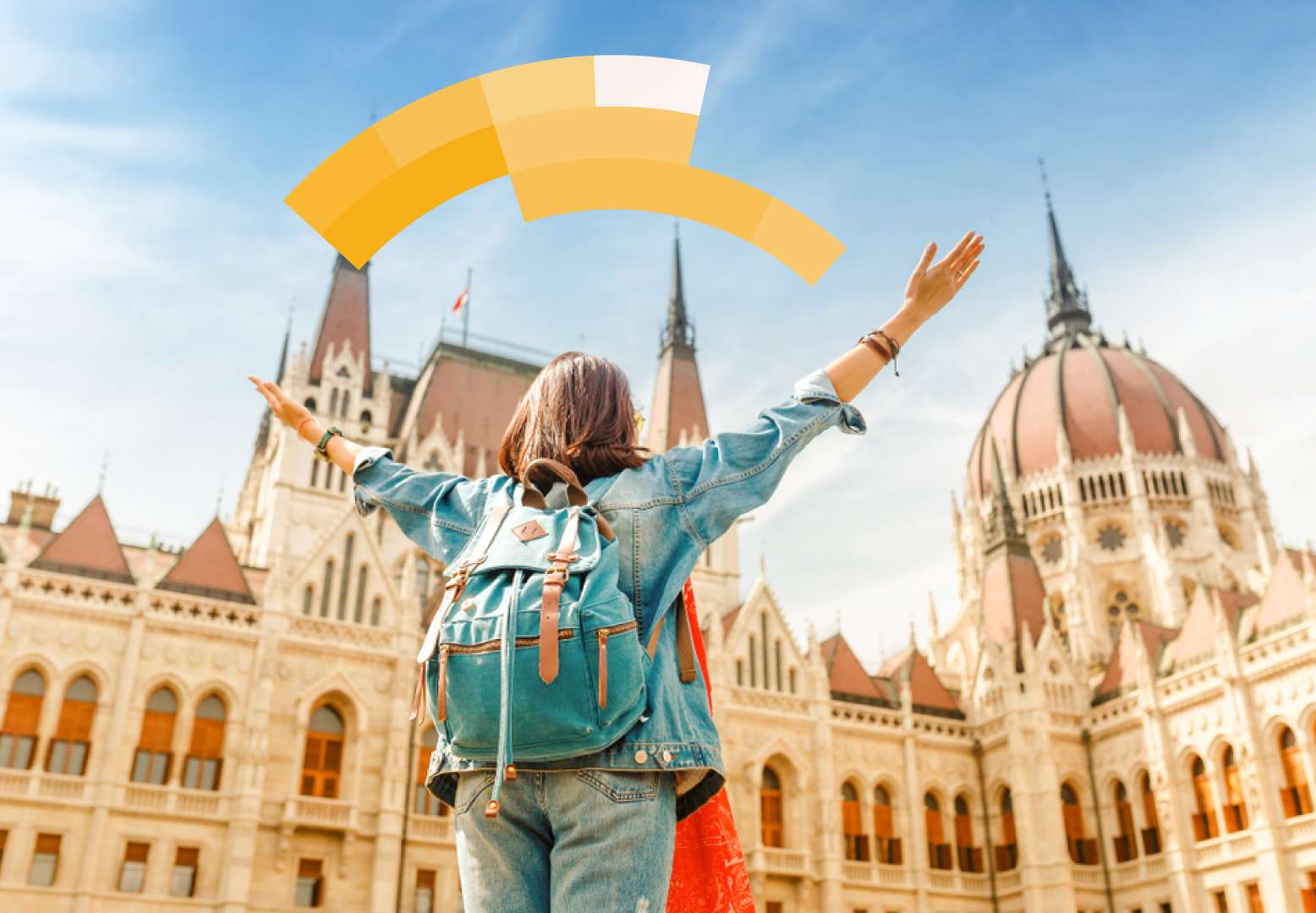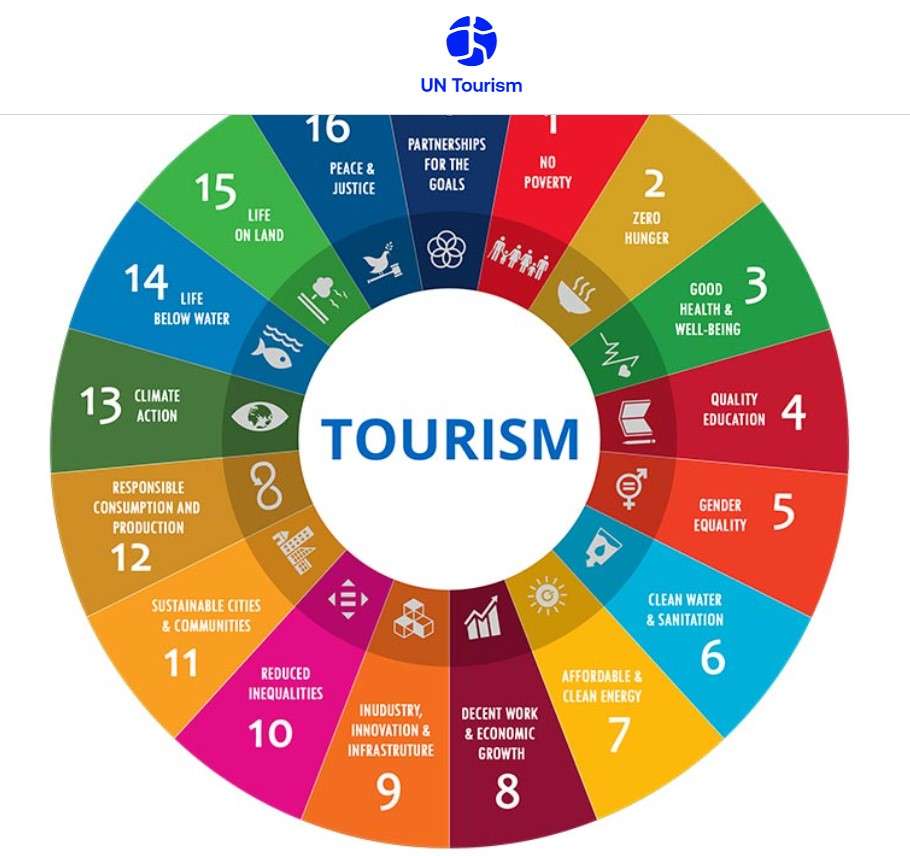The article gives a quick glimpse of Early and Medieval Age of travel, Travel during Renaissance, and Mass Tourism.
Early and Medieval Period of Travel
One term for the Middle Ages is the “Dark Age of Travel.” Throughout the Medieval Ages, travel practically vanished. As the Roman Empire declined in power, travel became unpredictable and perilous. Several distinct independent domains were the product of the feudal system that ultimately took the place of Roman control. This disintegration of a formerly cohesive and regulated society led to the dispersion of monetary units, linguistic systems, and transportation networks, making travel challenging and occasionally hazardous.
- In 1889, Rudyard Kipling corrected the misquote by saying East and West already met 2000 years ago through Silk Route.
- Macro Polo, the first traveler (traveled from Italy to China in 13th century) composed lasting account of his travel encounters.
- Western travelers used to travel in caravans.
- The land of Mediterranean Sea is a remarkable evolution in travel.
- In 776 B.C.E, Greeks come together every 4 years to honor their God Zeus through competition.
- The phrase “Panhellenic Games” refers to a group of four distinct ancient Greek sporting events. In the event, four games were organized: Olympic, Pythian, Isthmian, Nemean with their descriptions below:
| Games | Deity Honored | Location | Prize | Frequency |
| Olympic Games | Zeus | Olympia, Elis | Olive wreath (Kotinos) | Every 4 years (marked the start of year 1 of an Olympiad) |
| Pythian Games | Apollo | Delphi | Laurel wreath | Every 4 years (2 years after the Olympic Games; Olympiad year 3) |
| Nemean Games | Zeus, Heracles | Nemea, Corinthia | Wild celery | Every 2 years (year before and after the Olympic Games; Olympiad years 2 and 4) |
| Isthmian Games | Poseidon | Isthmia, Sicyon | Pine | Every 2 years (same year as the Nemean Games, different time of year) |
2. Renaissance and its effects on tourism
Travel began to pick back up during the Renaissance, which lasted from the 14th to the 16th century. As the Church and monarchs consolidated their hold over broader regions, traders started to travel further from their towns. As commerce expanded and traders explored new lands, trade routes gradually started to reopen.
- Beginning of tourism said to be started from Israelis (Jews) visiting their Lord place
three times a year (Jerusalem, Palestine). When Romans attacked and Jews ran away,
they tend to return only to pay visit to the land in honor of their Lord thus
performing International travel. - The first book describing a tour through hold land was called Itinerarium Burdigalense written by “Pilgrim of Bordeaux”.
- One of the earliest guidebooks written by Bernard Von Breydenbach is travelogue- Pilgrimage to Holy land.
- Renaissance in Europe is characterized with the discovery of the writing of Potency of
Alexandria. 18th and 19th century saw increase in scientific surveys of Holy land. Suez Canal (1869) boosted tourism. In 1880, tourist maps published. - The dedicated tourist map was of 850 km long hiking/walking trail covering Israel
from North to South. - In around 14th -17th century, there is re-birth of ancient classical era after dark ages. It started in Florence by artists and writers. People started getting attracted towards great places (Rome) and often this travel is known as Grand Tour.
- In 16th -18th century, it started in London, Paris and many more. Itineraries, Guidebooks, Souvenirs, Postcards etc were everywhere selling to travelers.
3. Birth and growth of Mass Tourism
From 1930s, the growing of motors stimulated tourism. The term mass used for pre-scheduled tours for groups of people who travel together with similar purposes. It is opposite of Individual travel and has two reasons-
Also Read
- Medical Tourism Scenario in India in 2025
- Indian Festivals in 2025 Celebrating Colorful Traditions
- Finding New Opportunities through Case Study of a Indian Startup- Chumbak
- Famous Global Winter Festivals in the World 2024 One Should Witness
- 10 Binge-Worthy Travel Indian Movies You should watch in 2024
- Development in transport technology
- Individual efforts of an English Entrepreneur Thomas Cook.
- There were two factors:
| Constitutional | Developmental |
| Industrial Revolution | Technology |
| Salaried holidays | Production |
| Technology | Management (Horizontal & Vertical) |
| Investors Initiatives | IATA Foundation |
- Development of a field depends on Uniform definitions, Description, Analysis, Prediction
and Control.


